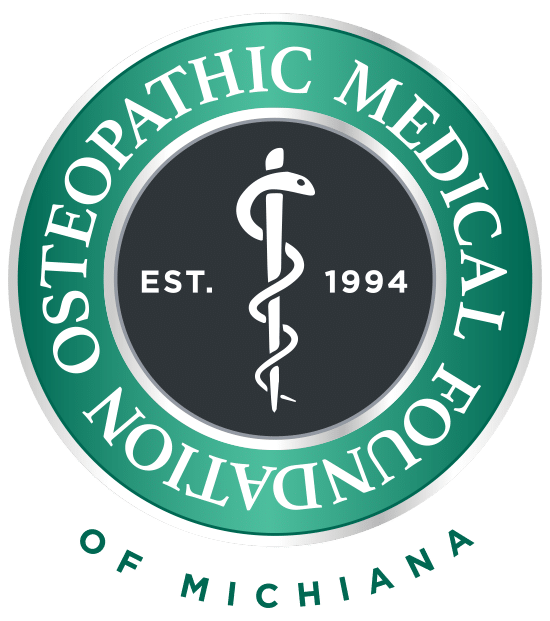At its core, osteopathic medicine is based on the belief that the human body has an innate ability to heal itself.
This philosophy is reflected in the four tenets of osteopathic medicine: the body is a unit; the person is a unit of body, mind and spirit; the body is capable of self-regulation, self-healing and health maintenance; and structure and function are reciprocally interrelated.
In this blog post, we’ll take a closer look at each of these tenets, as they’re outlined by the American Osteopathic Association, and how they shape the osteopathic approach to medicine.
The Body is a Unit
This tenet posits that the human body functions as a single unit, with each system impacting the others in a type of ripple effect. For example, an imbalance in the musculoskeletal system can lead to problems in the respiratory system. Osteopathic physicians take a whole-body approach to treatment, looking at how all of the systems are interconnected. This allows them to develop individualized treatment plans that address not just a patient’s immediate symptoms but also the underlying cause of those symptoms.
The Person is a Unit of Body, Mind and Spirit
This tenet recognizes that each person is more than just their physical body; they also have a mind and spirit. Osteopathic physicians take into account all three aspects of a person when developing treatment plans. For example, they may recommend meditation or other stress-reduction techniques for patients who are experiencing anxiety or depression. By treating the whole person — not just their physical symptoms — osteopathic physicians can help patients achieve lasting results.
The Body is Capable of Self-Regulation, Self-Healing and Health Maintenance
Osteopathic medicine is based on the belief that the human body has an innate ability to heal itself. This tenet holds that sickness occurs when something prevents the body’s natural healing mechanisms from functioning properly. Osteopathic physicians work to identify and remove these obstacles so that the body can heal itself. This approach often leads to long-term solutions rather than simply treating symptoms in the short term.

Structure and Function are Reciprocally Interrelated
This final tenet posits that there is a close relationship between structure and function within the human body. This means that how our bodies are put together— the anatomy — determines how well they work — the physiology. When there is an imbalance in structure (due to injury or illness), it can lead to dysfunction in physiology — and vice versa. Osteopathic physicians take this into account when evaluating patients and developing treatment plans. By restoring balance between structure and function, osteopathic physicians can help patients achieve optimal health.
At OMF of Michiana, we are dedicated to perpetuating the osteopathic philosophy and promoting osteopathic medicine in our region. We offer educational programs for medical students as well as continuing education courses for practicing physicians. We also host community events throughout the year to raise awareness about osteopathic medicine and its many benefits. If you’re interested in learning more or getting involved with our foundation, we encourage you to reach out! We would be more than happy to answer any questions you may have.

